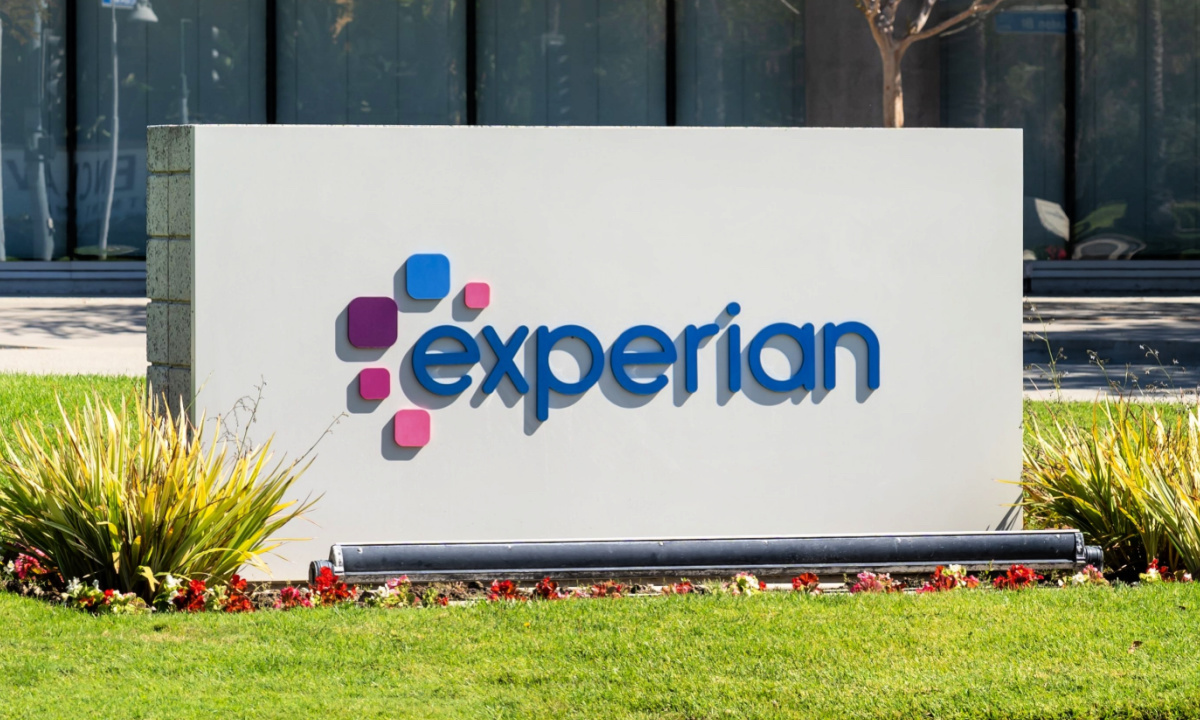A growing cohort of financial leaders, from Fortune 500 treasury desks to FinTech integrators, is moving stablecoins from theory to operational pipelines. The shift is less about speculative upside and more about plumbing — digitizing conventional rails with programmable, fiat-pegged settlements that reduce cost, increase speed and build transparency across borders.
This transition is being pushed forward at the highest federal level in the United States.
As this week’s PYMNTS coverage underscores, what was once dismissed in the early days as a blockchain gimmick is being reconsidered by chief financial officers, integrated by banks, and redefined by regulators.
Read also: This Week in Stablecoins: Wall Street Eyes Federally Approved Blockchain Rails
The Great Stablecoin Shift From Curiosity to Critical Infrastructure
Consumer uptake of stablecoins remains modest, with point-of-sale usage sitting at barely a rounding error as few shoppers request Tether or USDC at checkout. However, the enterprise side tells a different story.
Stablecoins are gaining momentum in B2B workflows, like cross-border payroll, supplier payments, multicurrency settlement and internal fund movement. These are not speculative flows; they’re operational cash movements traditionally routed through banks, clearinghouses and SWIFT.
This isn’t necessarily a disruption narrative anymore, but the rise of stablecoins is being viewed by institutional finance teams as an element of their digitization story. Stablecoins are poised to one day potentially do to payments what cloud computing did to IT infrastructure, if you listen to the sector’s proponents.
This institutional thaw comes at a time of unprecedented regulatory clarity.
A Wednesday (July 30) White House report, titled “Strengthening American Leadership in Digital Financial Technology,” placed stablecoins squarely in the national strategy for maintaining the dollar’s global dominance in the age of tokenized finance. Framed not as crypto but as digital extensions of sovereign currency, stablecoins are being cast as vital for cross-border capital mobility and economic diplomacy.
At the same time, Securities and Exchange Commission Chairman Paul S. Atkins announced Thursday (July 31) the launch of “Project Crypto,” an SEC-wide initiative to modernize securities rules and regulations to enable U.S. financial markets to move on-chain.
In this context, the policy stance isn’t about permissiveness. It’s about infrastructure. If stablecoins are backed, compliant and transparent, they’re not a crypto problem; they’re a payments solution.
See also: 4 Questions CFOs Need to Ask as Wall Street Embraces Stablecoins
The Tools Finally Exist for Enterprise Adoption
With policy clarity comes platform readiness. Startups and FinTechs are racing to meet enterprise demands, moving beyond wallet apps to ERP integrations and treasury-grade controls.
Visa announced Thursday it is now integrating stablecoin support across multiple layers of its network. The message is that tokens and traditional card rails can coexist.
Meanwhile, JPMorgan, in collaboration with Coinbase, said Wednesday that it is offering bank-grade infrastructure for retail and institutional crypto use, eliminating reliance on decentralized exchanges and reducing compliance risk. The move aligns with JPMorgan’s long-term investment in blockchain via its Onyx division, which also handles tokenized deposits.
Circle, issuer of USDC, said Monday (July 28) that it inked deals with FIS and multiple custodial banks to onboard more corporate and institutional clients, particularly for high-volume use cases like foreign exchange (FX) hedging, global payroll and liquidity pooling.
Stable said Thursday that it closed a $28 million seed funding round to build tools specifically aimed at commercial stablecoin payments. Early partners include multinational firms in logistics, B2B SaaS, and pharmaceuticals — all industries where speed and FX transparency are mission-critical.
Stable Sea CEO Tanner Taddeo told PYMNTS in an interview published Thursday that stablecoins in enterprise finance promise near-instant settlement, lower costs and global reach.
Against this backdrop, PYMNTS has tracked key trends that suggest an uptick in corporate appetite for cryptocurrency as CFOs and treasury teams eye stablecoins and crypto investments as a part of a digital strategy for their organizations.
“Treasury has always been the last to modernize,” Trovata CEO Brett Turner told PYMNTS in an interview published Thursday. “Everything around it is digital — supply chains, CRMs, ERP systems — but cash management is stuck in the past. Stablecoins are kind of where the puck is going … but it’s still very early days.”
Stablecoins also caught the attention of executives during earnings season, with Coinbase, Visa, and more C-suite leadership touting their benefits.



 Cyber Security3 weeks ago
Cyber Security3 weeks ago
 Cyber Security3 weeks ago
Cyber Security3 weeks ago
 Fintech3 weeks ago
Fintech3 weeks ago
 Artificial Intelligence3 weeks ago
Artificial Intelligence3 weeks ago
 Fintech3 weeks ago
Fintech3 weeks ago
 Latest Tech News3 weeks ago
Latest Tech News3 weeks ago
 Fintech3 weeks ago
Fintech3 weeks ago

